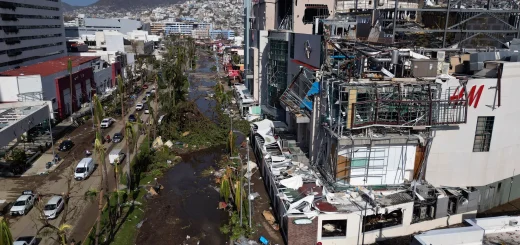Economic consequences of spatial variation and temporal variability of climate change
Francisco Estrada, Richard S. J. Tol, Wouter Botzen
Damage functions in integrated assessment models (IAMs) map changes in climate to economic impacts and are central to estimating the social cost of carbon (SCC). However, these functions assume no spatial variation (Svar) and temporal variability (Tvar) in climate changes, potentially biasing estimates and policy advice. While the effects of Tvar have been studied, those of Svar and their interactions with Tvar have not. Here, we allow for Tvar, Svar, and seasonality of damages and show that ignoring these factors significantly biases loss and SCC estimates. Under a high emissions scenario, losses are underestimated by 17–45%, representing US$1.9–US$9.7 trillion by 2050 and US$19–US$70 trillion by 2100 (17–35%). The present value of losses over this century exceeds previous estimates by US$38–US$222 trillion, representing 37–218% of 2020 global gross domestic product (GDP). The present value of losses including climate variability represents about 1.2–11.7% of the present value of global GDP over 2020–2100. The SCC increases by US$20/tCO2, reaching US$106/tCO2. There is large sectoral and regional heterogeneity regarding losses and SCC, with India, Africa, and China accounting for 50% of global SCC, and health and other markets contributing 40%. A more complete climate description than global mean temperature is needed in IAMs to adequately estimate climate change costs.


